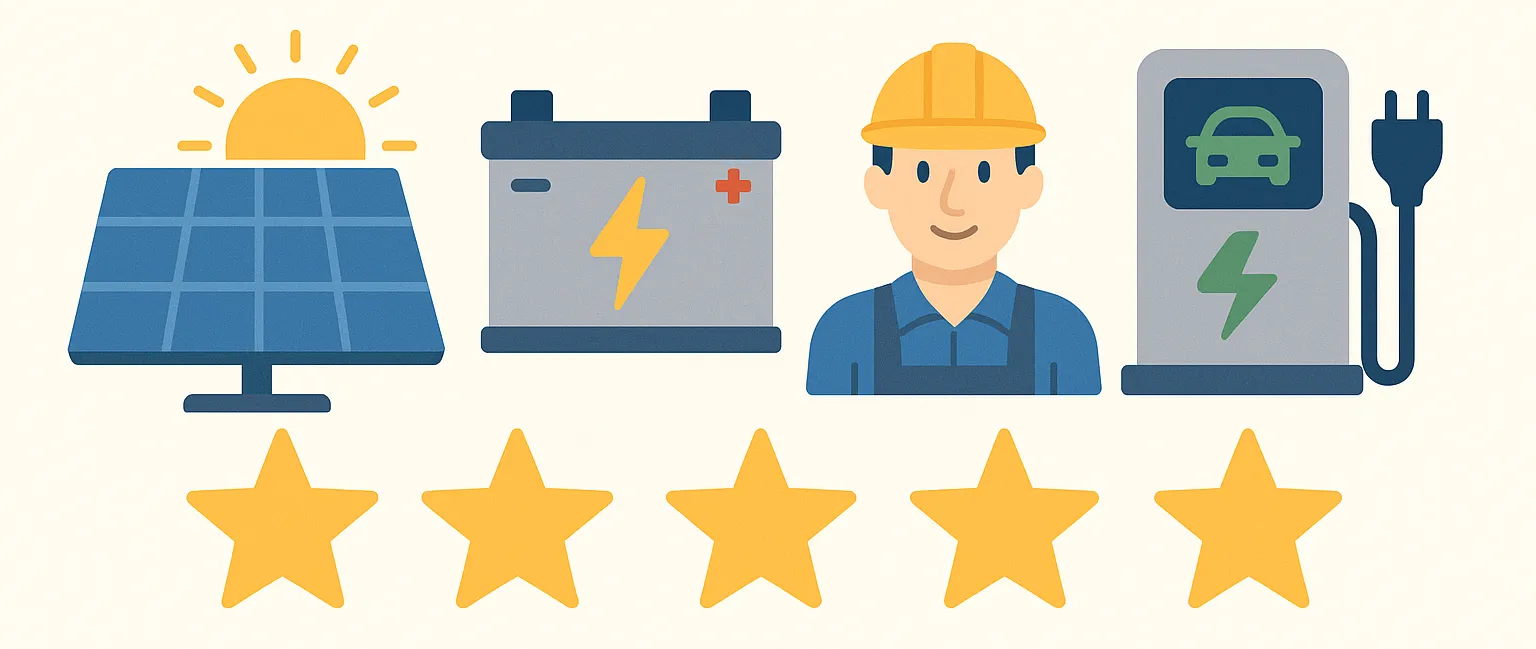Australia’s opportunity to become an international anchor point in the $213 billion (and growing) new-era global battery market could be derailed by proposed Federal Government changes to research and development (R&D) funding slated in its latest Budget.
At risk is the chance for Australia to increase its meagre 0.5% ($1.1 billion) share of the lithium-based battery value chain by moving beyond simply exporting concentrated ore, instead establishing a West Australian-based ‘Lithium Valley’ for energy metals on a scale that rivals Silicon Valley’s role in developing the computer industry in the 20th century.
Silicon Valley in California, which earned global recognition in the 1980s as the birthplace of the silicon chip and a hub for IT innovation, is now a region worth US$2.8 trillion.
So far in Australia, Perth-based Lithium Australia is the only company to produce locally, new-era battery cathode materials for customer tests globally.
Lithium Australia managing director Adrian Griffin says WA’s aspirations to establish something similar to Silicon Valley – a Lithium Valley for the battery industry – are likely to be stymied by Federal Government moves that limit R&D funding for bold industry initiatives.
“Australia’s lithium industry risks being consigned to international backwaters if such an opportunity to become a global front-runner in the emerging battery technology race, is allowed to slip,” Griffin said adding the window for this opportunity is closing fast.
“If Australia shows initiative by providing R&D incentives for industry, we can capture an extra 12-27% (an estimated extra $25-57 billion) of the value of the lithium chain globally,” Griffin said.
“But Australia will never get there unless the Federal Government removes its newly imposed cap, which limits research and development rebates within the lithium-related sector to $4 million a year maximum for development companies with less than $20 million a year in revenue.
“Previously, the rebates were open-ended for revenue-limited operations, which in reality, are the companies driving the current push to carve a greater space for Australia’s abundant ‘new energy’ resources [lithium, manganese, cobalt and rare earth metals] in a rapidly expanding global battery market.
“Ironically, while the Federal Government continues to allow open-ended R&D rebates for the biotech sector, if its proposed cuts prevail elsewhere, they will destroy any hope of establishing a locally-based Lithium Valley. “
Griffin described as “unbelievable” that Australia’s opportunity to establish a sustainable and innovative industry – within its own shores but with international impact – was being jeopardised by a cap on R&D rebates.
“The Browns Range plant is a world-first. It wouldn’t have gone ahead if the R&D rebates had not been available at the level they were at the time. It’s testament to the benefits of positive government policy,” Griffin said.
“Tellingly, it’s exactly the type of project envisaged for an Australian-based Lithium Valley, but the potential for that will be lost if the former rebate environment is not reverted to by Federal legislators.”
Griffin says the former Federal Government R&D rebate scheme would have been a significant contributor to the lithium processing pilot plant but under the new capped arrangements and will attract only $12 million over the plant’s three year development and commissioning period.
“In addition to our local holdings, Lithium Australia owns an advanced lithium project in Germany, ideally suited to supporting the same project. If we built our pilot plant there under our strategy to establish a central processing hub in Europe to support battery production for the expanding electric vehicle industry, the magnitude of R&D rebates would exceed four times that available in Australia.
“So Lithium Australia does have choices, but in a market environment where capping Federal annual R&D rebates to $4 million makes WA, and Australia as a whole, uncompetitive with other parts of the world in this rapidly expanding global batteries arena,” Griffin said.
“Clearly, if we are to pursue the Lithium Valley concept with passion, as we all wish to, the Federal Government needs to recognise the innovative status of the industry, as it does with biotech, and retain an R&D environment competitive with other jurisdictions and this developing industry.”
“There isn’t one company in the Australian energy-metals supply chain, including Lithium Australia, that doesn’t want to see an Australian Lithium Valley established and prosper. The returns to government, industry and participants alike, is mind-blowing in terms of scope, opportunity and capacity.”
The West Australian government released a comprehensive report backing the establishment of a Lithium Valley in that State, with locations like Kwinana (south of Perth) favoured which Griffin says clearly indicate that Australia is currently in a ‘rare lithium box seat’.
“We can combine low sovereign risk, widespread energy-metals resources and proven regulatory controls to deliver the type of sustainable and ethical supply lines now desperately sought by European and Asian customers, investors and financiers keen to exit the existing Chinese lithium supply chain.”
“New-era batteries are a fledgling industry. If Australia is to help freestanding, commercially-based cathode powder businesses evolve, or encourage further research into recycling of multi-metal batteries, substantial R&D funding will be required, so a complete re-evaluation of the rebate scheme by the Federal Government, is certainly warranted.
“Providing Australia’s battery industry with preferred status under the R&D rebate scheme is a small price to pay for achieving first-mover status, worldwide industry upside and leadership via WA’s Lithium Valley.”
News item provided courtesy of Ecogeneration - www.ecogeneration.com.au


